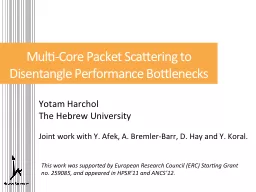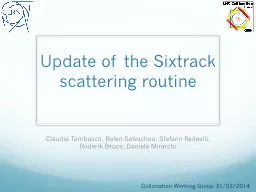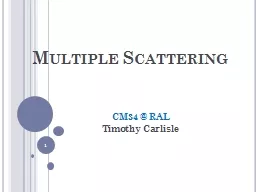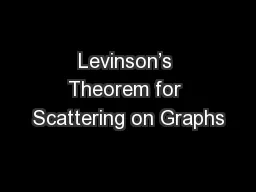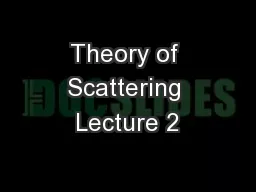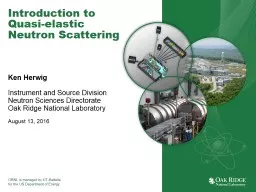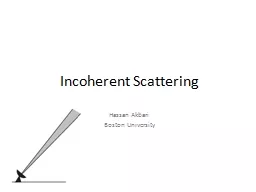PPT-Multi-Core Packet Scattering to Disentangle Performance Bottlenecks
Author : sherrill-nordquist | Published Date : 2019-06-26
Yotam Harchol The Hebrew University Joint work with Y Afek A Bremler Barr D Hay and Y Koral This work was supported by European Research Council ERC Starting
Presentation Embed Code
Download Presentation
Download Presentation The PPT/PDF document "Multi-Core Packet Scattering to Disentan..." is the property of its rightful owner. Permission is granted to download and print the materials on this website for personal, non-commercial use only, and to display it on your personal computer provided you do not modify the materials and that you retain all copyright notices contained in the materials. By downloading content from our website, you accept the terms of this agreement.
Multi-Core Packet Scattering to Disentangle Performance Bottlenecks: Transcript
Download Rules Of Document
"Multi-Core Packet Scattering to Disentangle Performance Bottlenecks"The content belongs to its owner. You may download and print it for personal use, without modification, and keep all copyright notices. By downloading, you agree to these terms.
Related Documents

